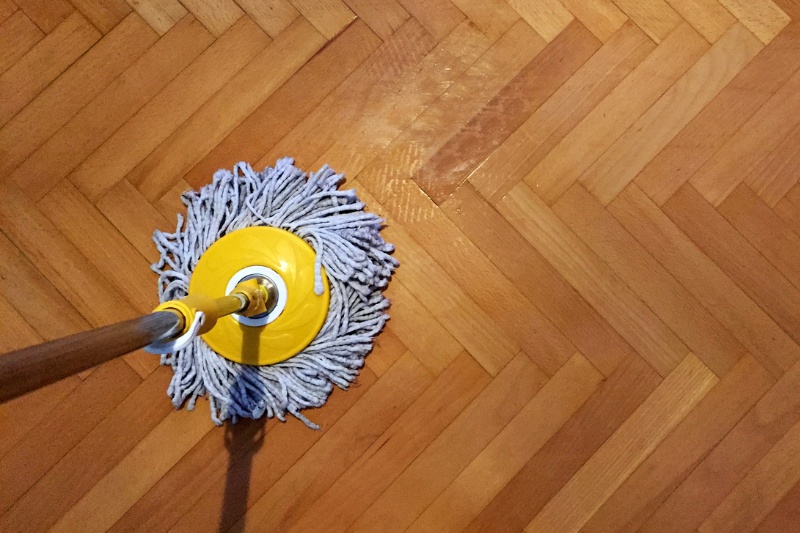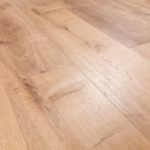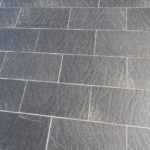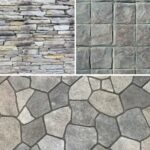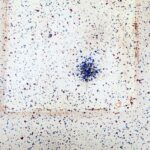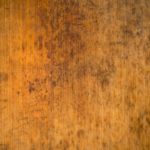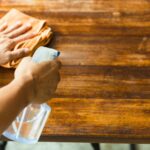Unsealed wood floors offer a great rustic vibe in a home. However, caring for them can take a lot of work because not only do you need to use specialist cleaning methods, but you also need to be careful with everyday use.
So, how to clean unsealed wood floors? We’ll cover this topic below, along with some tips for keeping your floors in good condition between cleans.
How to Clean Unsealed Wood Floors
Cleaning unsealed wood floors isn’t difficult, but you do have to take care.
The advantage of a sealed wood floor is that the finish prevents stains but also stops water from soaking into the wood.
As such, with an unsealed floor, you need to use as little water as possible to reduce the chance of damage.
To clean an unsealed wood floor, you need the following things:
- Vacuum cleaner or broom
- A mop, ideally a microfibre mop rather than a Swiffer-style mop
- White vinegar
Step 1: Prep the floor
The first step is to prep your floor. If you’re giving it a good clean, it’s best to remove as much furniture as possible, pick up rugs, and so on.
You’ll want to expose as much of the floor as possible so you can clean it all in one go.
Step 2: Remove debris
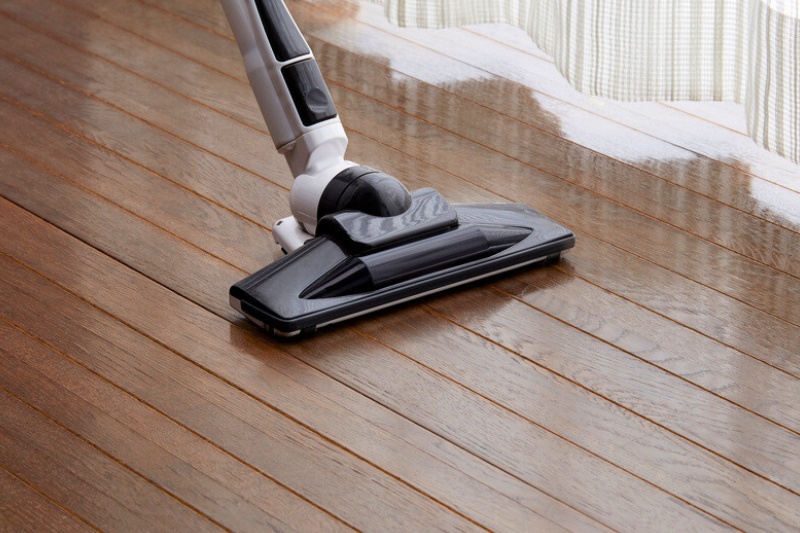
Next, you need to get rid of dust and loose debris. A vacuum cleaner should be fine, but you might want to use a soft-bristled broom on a more delicate wood floor.
It’s probably not the first time you’ve hoovered your wood floor, so you should know whether a vacuum cleaner will work.
The only real risk is that the vacuum’s head can scuff an unsealed wood floor, which is why a broom might be better.
Step 3: Mop the floor
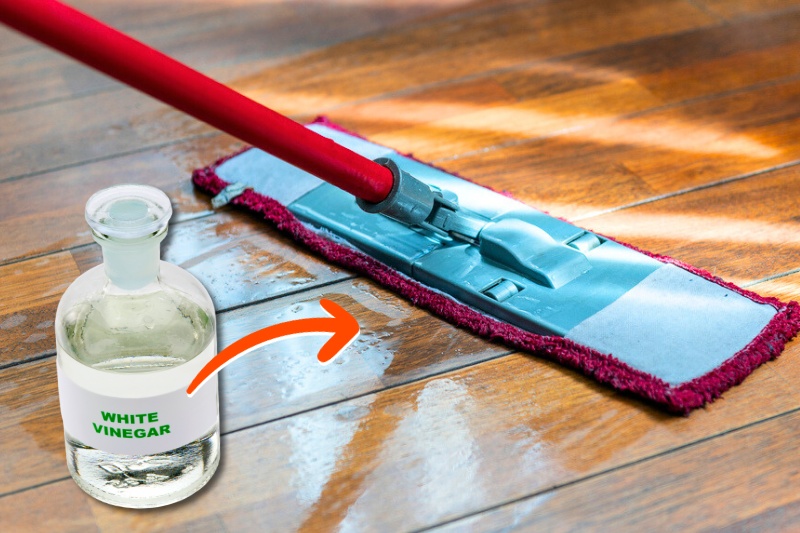
Finally, it’s time to mop the floor. Mix around 50 ml of white vinegar with 5 litres of water.
Dunk your mop in it and wring it out as thoroughly as possible. You want your mop to just be damp, as the goal is to clean the floor rather than soak it.
Work in small sections, mopping with the grain of the wood. Provided it’s warm enough in the room, the floor should dry in good time on its own.
However, if you’re concerned it’s staying wet, stand on a towel and shimmy it along as you mop. This’ll pick up most of the excess water.
That’s pretty much all there is to it. White vinegar is a good enough cleaner that it’ll do the job, but isn’t harsh enough to damage the unsealed wood.
However, there are two alternatives you could try if you’re not confident it’ll work.
Firstly, you could clean the floor by hand. It takes more effort, but you’ll be in better control of the amount of water used. Use a standard microfibre cloth and try to clean with the grain as much as possible.
Secondly, you could switch out the white vinegar for a gentle wood cleaner. Something like Murphy’s Oil Soap should work fine on untreated wood, but always check the instructions first. Avoid anything that’s too harsh, as it could damage the wood.
Tips for Caring for Your Unsealed Wood Floor
The steps above are for general cleaning of unsealed wood. But it helps to know how to care for it between cleans, and what to do about bad stains. That’s what the tips below cover.
1. Vacuum regularly
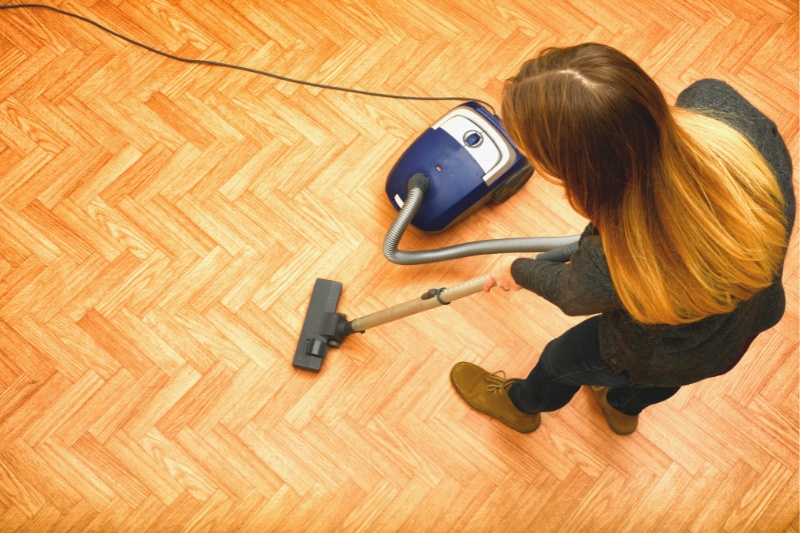
You should ideally vacuum the floor once a week or so. This helps to pick up bits of debris that could scratch your floor.
While sweeping is gentler, it lacks the kind of suction power you need to get everything.
However, you could sweep every few days and vacuum less regularly, but this depends on whether you can be bothered to clean the floor that often!
2. Avoid using too much water
Wood is porous and absorbs water very easily. This shouldn’t be new information, but it bears repeating when dealing with unsealed wood floors.
Try to use as little water as possible when mopping your floor, as it can warp if left wet for too long.
A microfibre mop is best for this, as it retains a decent amount of water without soaking the floor. Something like the Vileda Turbo Mop will be a good option, as the bucket has a spinner to remove excess water.
A Swiffer-style mop (the long flat ones) can work, but they often can’t get into cracks and gaps in the same way a traditional mop can. However, a big benefit is that you have greater control over how much water you use.
3. Dealing with stains
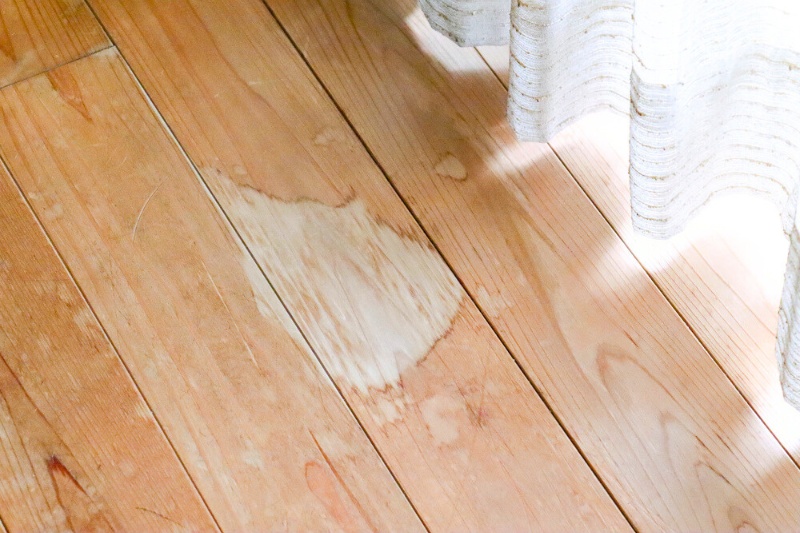
Stains are a nightmare on unsealed floors. The first step is to deal with them as quickly as possible, but this is best practice for stains anyway. The longer they have to absorb into the wood, the worse the stain will be.
If the stain sets, you’re limited on removal options. One method is to use mineral spirits, although this might leave a bigger stain depending on how quickly you can remove it.
Dab some mineral spirits onto a cloth and wipe the affected area. Hopefully, it should break down the stain without leaving too much residue. Always make sure you test products like this in a hidden area first.
The other option is to sand the stained area. Provided it’s a fairly superficial stain, sanding it should remove the problem without being too noticeable. Of course, you don’t want to sand a massive dip into your floor, so use this method sparingly.
4. Try oiling your floor
Unsealed wood has a particular look that many people prefer to treated wood flooring.
A good compromise between the two is a light oil, such as linseed or jojoba oil. These won’t change the colour of the wood or affect its appearance as drastically as a full seal.
However, what the oil will do is moisturise the wood (a big plus) and seal some of the pores to reduce the chances of staining.
Apply oil with a microfibre cloth after mopping, once the floor is fully dry.
5. Use rugs and furniture pads

This is a bit of a no-brainer, but prevention is far better than reaction. To help keep your floor relatively clean and undamaged, throw down a few rugs. They’re much easier to clean than unsealed wood and can be replaced if they get too stained or damaged.
Similarly, use furniture pads, like these ones from Yelanon. They prevent scratches from moving furniture around, but make sure you clean or replace them fairly regularly.
After all, the last thing you want is for a bit of debris to get stuck to them and scratch your floor!
Final Thoughts
Hopefully, these steps have covered everything you could need to know about how to clean unsealed wood floors.
Despite being untreated wood, it’s possible to keep a wood floor looking good for decades if you care for it properly.
Unsealed wood just requires a bit more thought than treated wood flooring. Once you’ve mopped it a few times, you’ll have a good idea of what products work best and how to treat it properly.

Jacob is a writer based in Wales, where he lives with his partner and two dogs. All his work is fuelled by extensive research and buckets of coffee.
